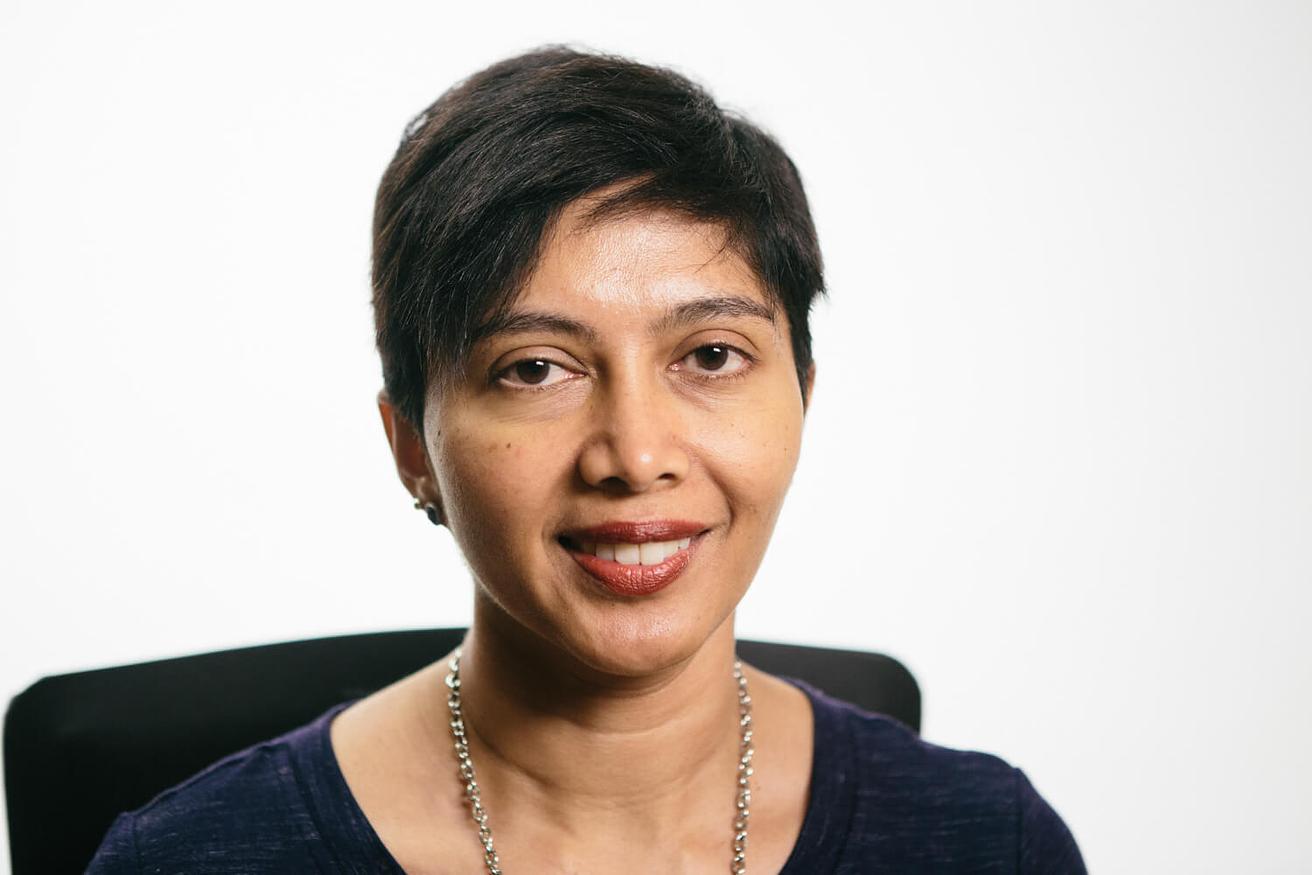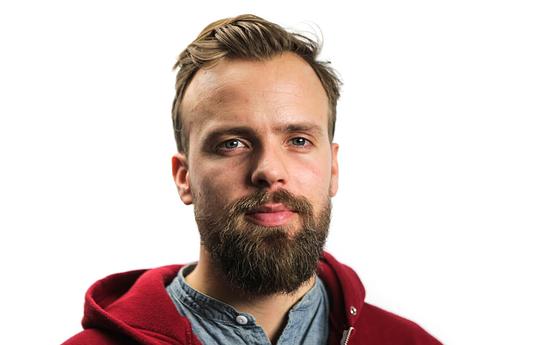Sumitra Nair
Sumitra Nair is the head of the youth division at the Multimedia Development Corporation of Malaysia.
Her work focuses on ensuring that Malaysian youth have the necessary digital competencies they will need for the future workforce.
Skills
Are schools teaching the skills students need?
Malaysia has the fourth highest number of digital natives in the world according to the International Telecommunications Union, so close to seventy-five percent of its youth aged fifteen to twenty-four are actually digital natives.
This only means however that they are excellent at using digital technology. They’re heavy users of technologies - and this can be seen through the penetration of smartphones and social media as well.
When you think about how they’re using this technology or what new innovations they are creating, that’s where we get a little bit worried. Those are the kind of skills we feel are needed for the future workforce, so that these students are not just using technology and enjoying it, but also creating their own innovations and trying to solve real problems using these technologies.
As we know, there is already a hollowing out of middle income jobs, and for young people to be competitive in the future they will need to step up in terms of problem solving using digital technologies.
How can students learn these skills?
I think the approach of how technology is integrated into education needs to be revisited. In many developing countries, including Malaysia, a large focus has been on how technology compliments teaching and learning in the classroom. It has been used to teach subjects such as Math, Science and English amongst others.
Going forward, I think we need to understand how technology can be integrated into education in a way that is going to cultivate problem solving and critical thinking. Otherwise we run the risk of just creating more users upon users and not necessarily ever thinking: ‘how do they use these rich tools and resources that are given to them to actually solve real problems?’
The shift needs to happen from merely using technology as a tool for teaching and learning, to using it as an integral tool that encourages creativity and innovation.
Teachers
What is the role of the teacher?
I think the role of the teacher has evolved over the last twenty years or so. If you were to look at when I went to school, my interaction with teachers was fairly limited to the classroom and what was happening within the school area and in our curriculum and textbooks. Over time, as learning management systems and virtual learning environments have entered the classroom, there would have been a big shift to facilitate that kind of learning - for the teacher to accommodate that outside world coming in.
I think now is another phase in which the teacher has to basically leap frog from the role of just being a teacher, to being a facilitator and a guide - something which he or she may not have much expertise on. This is literally asking the teacher to leap out of their comfort zone, because their comfort zone has been in teaching their subject matter over the last fifteen or twenty years, or for however long they have been teaching. Now we are expecting them to guide, facilitate and teach something that they aren’t comfortable with.
This is going to require a generational shift. I don’t even know if it can be achieved with the majority of the teachers that we have today, and that’s no criticism to the teachers. It is just the way things have evolved.
Going forward, the role of the teacher has to change, they have no choice.
As the role of teachers does change, the training of pre-service teachers is going to be critically important. Pre-teachers coming out into the workforce will need to be trained to understand that their role is no longer to be the sage in the class, but to be a guide and a facilitator.
Also, previously the interaction with the student was limited to the classroom. These days, with social learning networks and so on, that teaching and learning experience between the student and the teacher happens outside of the classroom as well as in virtual networks and many other platforms. This is something that, when going forward, the community must understand and be able to adapt to.
When I speak of community I don’t just mean the teacher and the students, but parents as well. This ecosystem of partners must understand that the mode of learning and teaching has shifted and the student doesn’t stop learning the minute the school bell rings. Learning actually continues into their own free and personal time.
Environments
What would be the most exciting learning environment?
Learning environments must change to suit the requirements of future education.
We are moving more towards project-based and activity-based learning. In some instances the shift has been slow, but we know it’s coming to things like theme-based learning, such as is being explored in Finland right now. These are the new learning paradigms and therefore the environments that we need to think about for students.
So, rather than for students to be sitting and listening to a teacher, the environment must be conducive enough that there can be lots of collaboration and engagement happening within that classroom. The challenge is when you get down to younger school kids, how do you ensure that engagement is happening but not to the point where students get distracted?
Leadership
What could the world learn from Malaysia?
Malaysia has embarked on one of the most ambitious ICT infrastructure initiatives for education in the region. A few years ago the government made a decision to invest in and deploy high-speed broadband across schools nationwide.
This is a huge challenge as well as a huge opportunity. From an industry point of view we are basically giving an almost level playing field to students around the country so that they are not left behind when it comes to education and technology. This is something that we’ve done that perhaps other countries may want to look at, especially developing countries.
We also have a very close-knit ecosystem between industry, parents and the educational institutions that work together to come up with solutions. There is a lot of consultation that happens, and the government actually consults the industry and parents quite a lot on new policies. I think that consultative approach is something that works.
Personal memory
What was your favourite moment in your own education?
I tend to recall moments in which I was engaged in co-curricular activities or activities not sitting down in a classroom doing serious studying. I think many kids enjoy that the most - doing activities that are not necessarily bound to a text book.
In my time of course we didn’t have engaging devices, those were limited. We were either taking part in sports or debating competitions and preparing for them. The fun that went into that, those were the most memorable moments.
The next 100 years
The next hundred years of Finnish education should... focus more on creativity and innovation.



